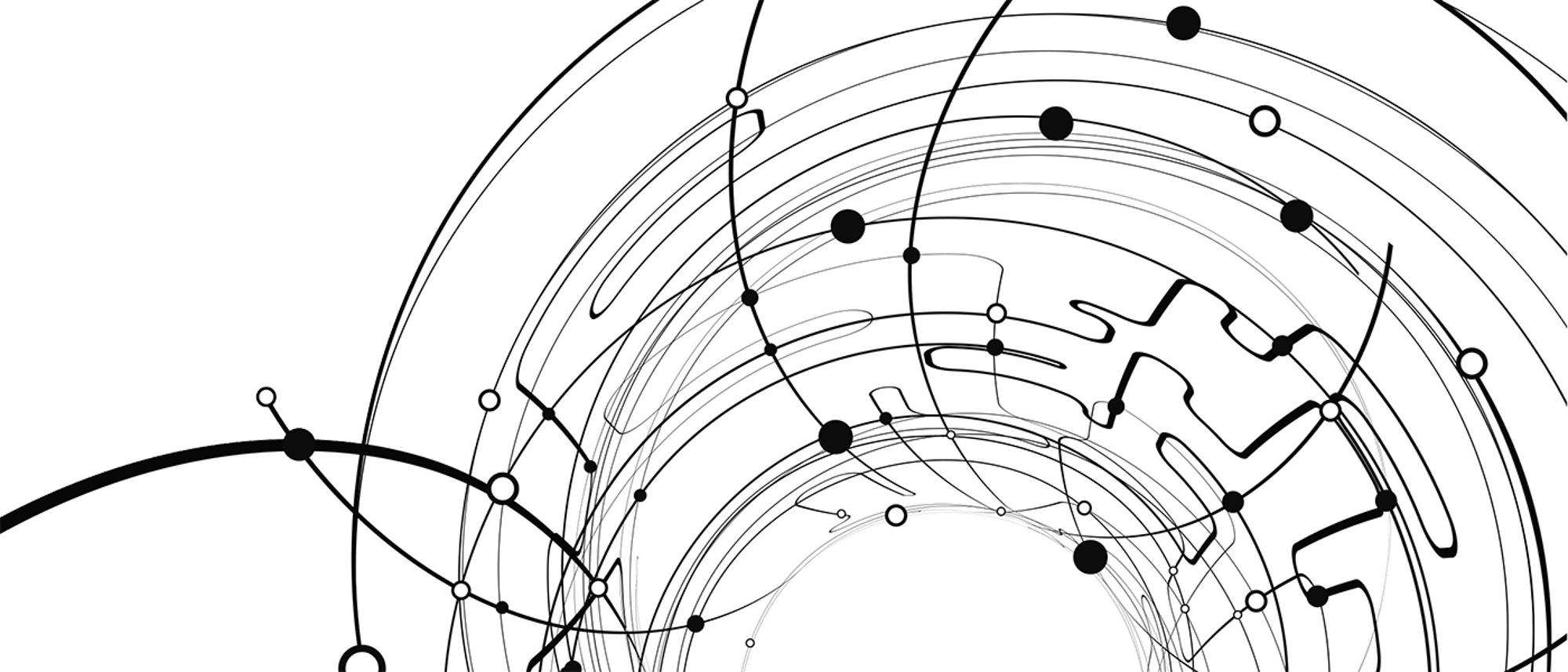Sally Beamish's 2018 commision for piano, Night Dances, was premiered by Huw Watkins in the University Concert Hall on Thursday 8th March 2018.

Listen to… the Night Dances premiere
Programme note
Sally Beamish (b. 1956) - Night Dances
There are many reasons why a night might be sleepless. The fall of darkness can be the prelude to a night of dancing. A calm beginning to the night can be disrupted by an active mind that refuses to rest. Or the tender exploration of a lover's body may lead to feverish passion.
The piece is based on a narrative by Peter Thomson, and inspired by the playing of Keith Jarrett. A gentle, repetitive opening is followed by a series of dances which increase in intensity before reaching an abrupt climax, after which echoes of the dances gradually wind down to a recapitulation of the opening music.
Sally Beamish (2018)
Performer biographies & full details of the Night Dances premiere can be found in the McEwen concert programme 2018.
A review of Sally Beamish’s “Night Dances” at its Premiere
Silence was daintily interrupted by the haunting resonances of the initial cyclic sequences which could very well send one into an intense sleep. The antidote is soon administered however, as charmingly blunt stabs poke at the ear which were so sensitively handled by Watkins. Circles begin to form as the sweet intimacy of these recurring rotations dizzy our attention span, much like the all too familiar course of nocturnal restlessness.
Soon follows the ‘dances’, announced in short bursts of passion and lust, as if the piece itself is dipping in and out of consciousness. Zeal and desire are quickly transformed to a dense sludge however, as erratic eruptions of dissonance steal the limelight, commencing somewhat of a nightmare for the listener and within the narrative itself.
Pandemonium, not a second too late, is put to bed as pre-established themes are reinstated through filters of retrograde and inversion which, though they soothe the ear, don’t quite satisfy the head while we yearn to be serenaded into unconsciousness. An ending which tinkles away much like a worn-out lullaby forbids us to drift off to anywhere except a land of exasperation. But, we’re tired enough to not let it bother us as the narrative itself dwindles away into an uncertain stillness. The subsequent applause manifested itself as the most distressing part of the performance as its unforgiving timbre once again brought us fully back into consciousness.
“Night Dances” presents itself more willingly as a dreamscape than a narrative. It exposes the utter cruelty of insomnia through a bittersweet exploration of the subconscious; the work may as well be branded a simulation, for it so comprehensively offers a dramaturgy whose closest competitor is the real McCoy.
Aaron Hawthorne (MA Music student)
Sally Beamish
Born in London in 1956, Sally Beamish initially trained as a viola player at the Royal Northern College of Music before moving to Scotland in 1990 to develop her career as a composer. Her music embraces many influences, particularly jazz and Scottish traditional music, in a catalogue boasting over 200 compositions including solo, duo, chamber, orchestra, vocal, choral, ballet and opera works. Her music has been broadcast and performed extensively around the world with notable soloists including Håkan Hardenberger, John Harle, Branford Marsalis, Tabea Zimmermann, James Crabb, Dame Evelyn Glennie and Colin Currie amongst others.

